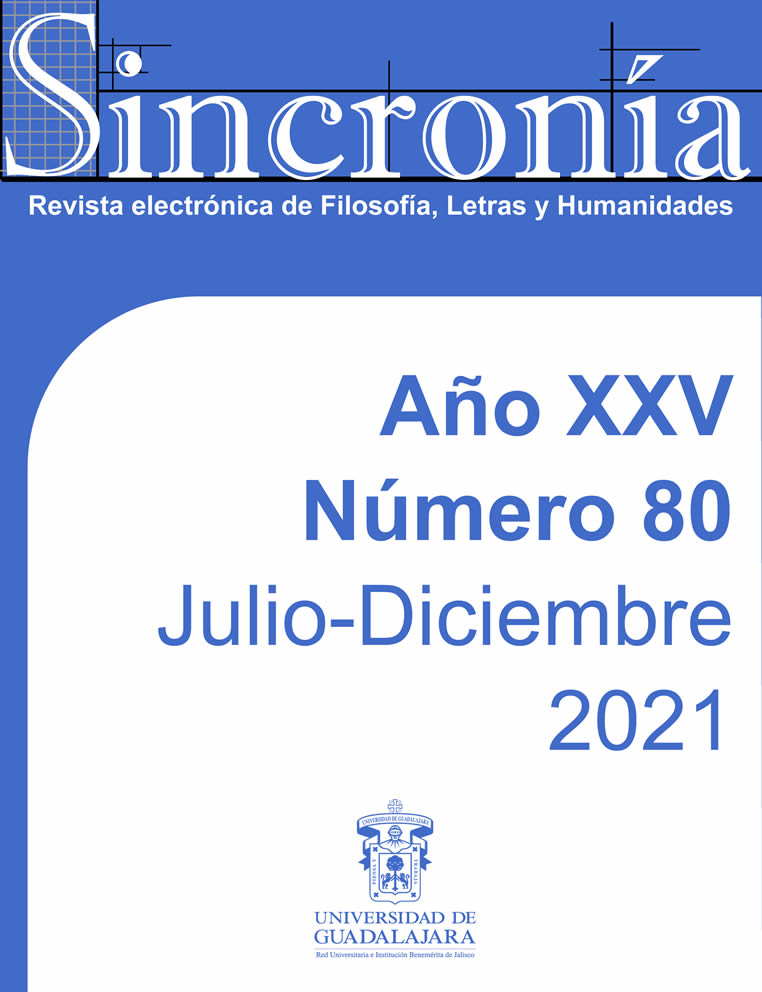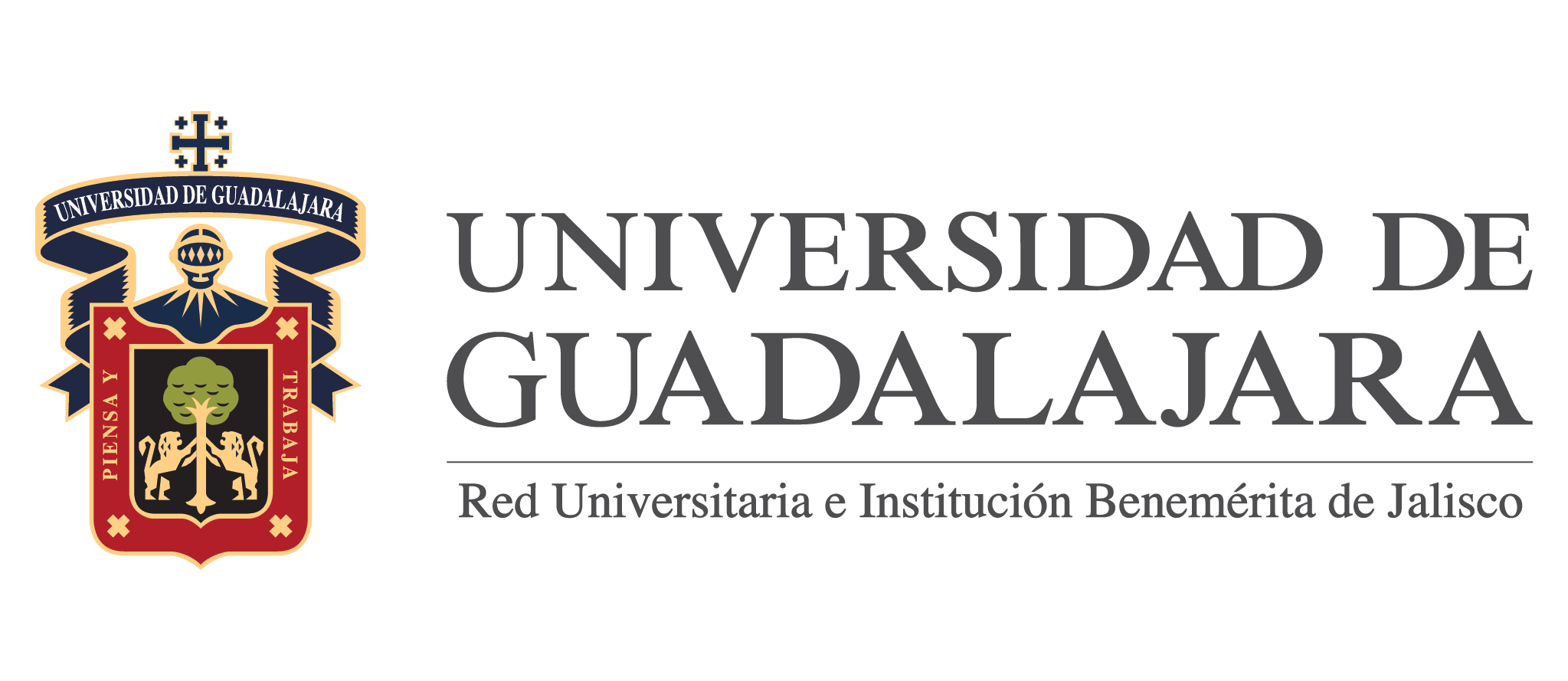Stereotypes regarding musicians in Guadalajara: Music professionals perspective and how stereotypes affect their careers
Keywords:
musicians, professions, stereotypes.Abstract
In this article, we will question stereotypes regarding musicians and the influence that they may have in the development of a professional career. In order to do this, we will try to answer three questions: Which are the prevailing stereotypes about musicians in Mexico and particularly in Guadalajara? How do these harmful stereotypes affect their career? Which strategies do musicians implement in order to face these stereotypes? Based on a sociological perspective, we have implemented a qualitative method, directly interviewing the actors involved in this process. It is inferred that, despite the presence of positive representations, negative stereotypes may strongly affect the career of musicians, causing a direct impact that, according to them, derive in a poor appreciation of the trade. The consequences may go from the family´s imposition to study a better appreciated major to the dropout of the current studies. In certain situations, it may even have a direct effect on employment conditions.
Downloads
References
Adenot, P. (2010). La question de la vocation dans la représentation sociale des musiciens. Proa Revista de Antropología e Arte, n°02, vol.01. Obtenido el 23 de marzo de 2020: https://www.ifch.unicamp.br/ojs/index.php/proa/article/view/2374/1776
Aguirre Lora, M. E. (2006). La Escuela Nacional de Música de la UNAM (1929-1940): compartir un proyecto. Perfiles educativos, n°111, vol.XXVIII, 89-111.
Amossy, R. & Herscheberg Pierrot, A. (2005). Stéréotypes et clichés. Paris : Armand Colin.
Becker, H. (1985). Outsiders. Paris : Métailié.
Becker, H. (1970). Sociological work. New York : Routledge.
Berger, P. & Luckmann, T. (2008). La construction sociale de la réalité. Paris : Armand Colin.
Bohemio, mia (n.d). Real Academia Española. Obtenido el 27 de mayo de 2019 de: http://dle.rae.es/?id=5lboqBW
Bourdieu, P. (1979). La distinction : critique sociale du jugement. Paris : Les éditions de Minuit.
Bourdieu, P. (1998). Les règles de l’art. Genèse et structure du champ littéraire. Paris: Éditions du Seuil.
Carper, J.W. & Becker, H. (1970). Adjustments to conflicting expectations in the development of identification with an occupation. En H. Becker (Ed.), Sociological work, (p. 203-211). New York : Routledge.
Coulangeon, P. (2004). Les musiciens interprètes en France, France: Ministère de la Culture - DEPS. Obtenido el 20 de diciembre de 2020: https://www.cairn.info/les-musiciens-interpretes-en-france--9782110942784-page-13.htm
Dayer, C. (2007). Stéréotypes et homosexualité: entre attribution et démarcation. En H. Boyer (Ed.), Stéréotypage, stéréotypes : fonctionnements ordinaires et mises en scène, t.2,Identité(s), (p. 71-84). Paris : L’harmattan
De Carlo. M. (1998). L’interculturel. Paris : Clé International.
Douglas, M. (2004). Comment pensent les institutions. Paris : La découverte.
Dreyfus, M. (2007). Production et déplacement de stéréotypes en situation d'entretien. En H. Boyer (Ed.), Stéréotypage, stéréotypes : fonctionnements ordinaires et mises en scène, t.4, Langue(s), discours (p.77-88).Paris : L’harmattan
Dubar, C. (2000). La crise des identités. L’interprétation d’une mutation. Paris : PUF.
El Akremi, A., Sassi, N. & Bouzidi, S. (2009). Rôle de la reconnaissance dans la construction de l’identité au travail. Relations industrielles, vol. 64, n. 4, 662–684.
Flick, U. (2007). Introducción a la investigación cualitativa. Madrid: Morata.
Guadarrama Olivera, R. (2013). Mercado de trabajo y geografía de la música de concierto en México. Espacialidades. Revista de temas contemporáneos sobre lugares, política y cultura, vol. 3, núm. 2, julio-diciembre, 192-216.
Halpern, C. (2016). Identités. L’individu, le groupe, la société. Auxerre (France): Editions Sciences Humaines.
Hugues, E. (1996). Le regard sociologique. Paris: Éditions de L’École des Hautes Études en Sciences Sociales.
Downloads
Published
How to Cite
Issue
Section
License
Copyright (c) 2021 Didier Machillot

This work is licensed under a Creative Commons Attribution-NonCommercial 4.0 International License.
You are free to:
- Share — copy and redistribute the material in any medium or format
- Adapt — remix, transform, and build upon the material
- The licensor cannot revoke these freedoms as long as you follow the license terms.
Under the following terms:
- Attribution — You must give appropriate credit , provide a link to the license, and indicate if changes were made . You may do so in any reasonable manner, but not in any way that suggests the licensor endorses you or your use.
- NonCommercial — You may not use the material for commercial purposes .
- No additional restrictions — You may not apply legal terms or technological measures that legally restrict others from doing anything the license permits.




























